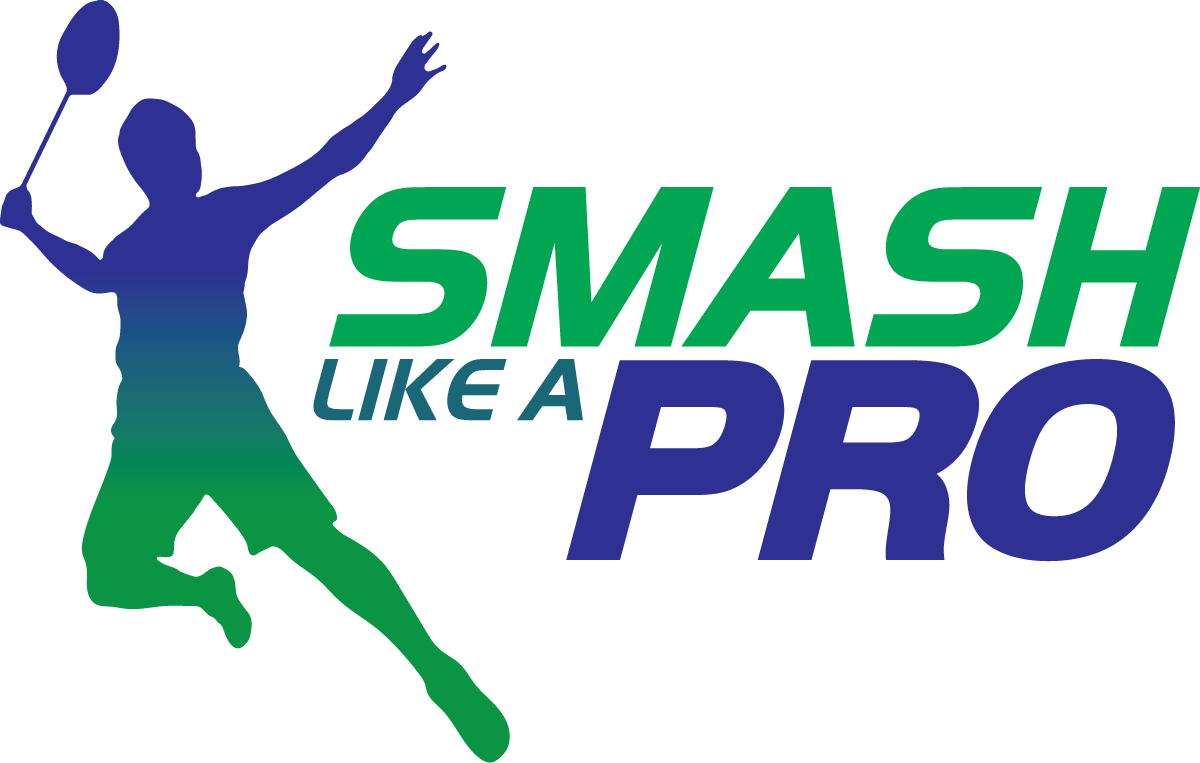Badminton Court Dimensions and Layout: Everything You Need to Know
The Perfect Court: Your Gateway to Badminton Excellence
As a badminton enthusiast, I’ve always been fascinated by the precision and thought that goes into creating the perfect playing environment. Whether you’re setting up a court in your backyard or preparing for a professional tournament, understanding the exact dimensions and layout of a badminton court is crucial. Let’s dive into the specifics that make a badminton court the ideal battleground for this fast-paced sport.
What You’ll Need to Set Up a Badminton Court
Before we get into the nitty-gritty of court dimensions, here’s a quick list of what you’ll need:
– Measuring tape (at least 15 meters long)
– Court marking tape or paint
– Net and posts
– Flooring material (if setting up indoors)
– Lighting equipment (for indoor courts)
For outdoor setups, you might also want to consider:
– Weather-resistant line markers
– Portable net systems
Step-by-Step Guide to Badminton Court Dimensions
Step 1: Measure the Overall Court Dimensions
A regulation badminton court is a rectangle measuring 13.4 meters (44 feet) in length and 6.1 meters (20 feet) in width for doubles play. This forms the outer boundaries of your court.
Step 2: Mark the Singles Court Specifications
For singles play, the court is slightly narrower. The width is reduced to 5.18 meters (17 feet), while the length remains the same. Mark these lines inside the doubles sidelines.
Step 3: Draw the Center Line and Service Courts
Divide the court in half lengthwise with a center line. Then, mark the short service line 1.98 meters (6.5 feet) from the net on each side. For doubles, also mark the long service line 0.76 meters (2.5 feet) from the back boundary line.
Step 4: Set Up the Net
The net should be 1.55 meters (5 feet 1 inch) high at the posts and 1.524 meters (5 feet) at the center. It should span the entire width of the court.
Court Markings: The Blueprint of the Game
Proper court markings are essential for fair play and accurate calls. Here’s what you need to know:
– **Sidelines and Baselines**: These form the outer boundaries of the court.
– **Center Line**: Divides the court into left and right service courts.
– **Short Service Line**: Marks the front boundary of the service court.
– **Long Service Line (Doubles)**: Marks the rear boundary of the doubles service court.
All lines should be 40mm (1.5 inches) wide and clearly visible against the court color.
Playing Surface: The Foundation of Good Play
The playing surface can significantly impact the game. Here are some key considerations:
– **Recommended Flooring**: Wood or synthetic materials that provide good traction and shock absorption.
– **Court Color**: Typically dark green or blue to contrast with the shuttlecock.
– **Lighting**: For indoor courts, uniform lighting of at least 1000 lux is recommended to ensure visibility.
Space Around the Court: Room to Maneuver
While the court dimensions are fixed, the space around it is also important:
– **Minimum Clearance**: At least 2 meters on all sides for safety.
– **Ideal Competitive Space**: 3 meters behind the baselines and 1.5 meters on the sides.
– **Multi-Court Setups**: Allow for at least 2 meters between adjacent courts.
Adapting the Court for Different Events
The versatility of a badminton court allows for various game types:
– **Singles Setup**: Use the inner sidelines and full court length.
– **Doubles Setup**: Utilize the full width of the court and the long service line.
– **Mixed Doubles**: Follows the same layout as regular doubles play.
Portable and Outdoor Courts: Badminton on the Go
For those looking to play outside the traditional indoor setting:
– **Temporary Setups**: Use portable nets and tape for court markings.
– **Beach Badminton**: Adjust net height and court size based on playing conditions.
– **Outdoor Adjustments**: Consider wind direction and sun position when setting up.
Maintaining Your Badminton Court
To ensure your court remains in top condition:
– **Regular Cleaning**: Sweep and mop the court surface daily.
– **Line Maintenance**: Touch up faded lines promptly.
– **Floor Care**: Polish wooden floors and repair any damage to synthetic surfaces.
Conclusion
Understanding the dimensions and layout of a badminton court is fundamental to enjoying and excelling at the sport. Whether you’re setting up a court for casual play or preparing for a tournament, these guidelines will ensure you have the perfect stage for your badminton battles.
Did you find this guide helpful? Share your thoughts in the comments below, and don’t forget to check out our other badminton articles for more tips and insights!
